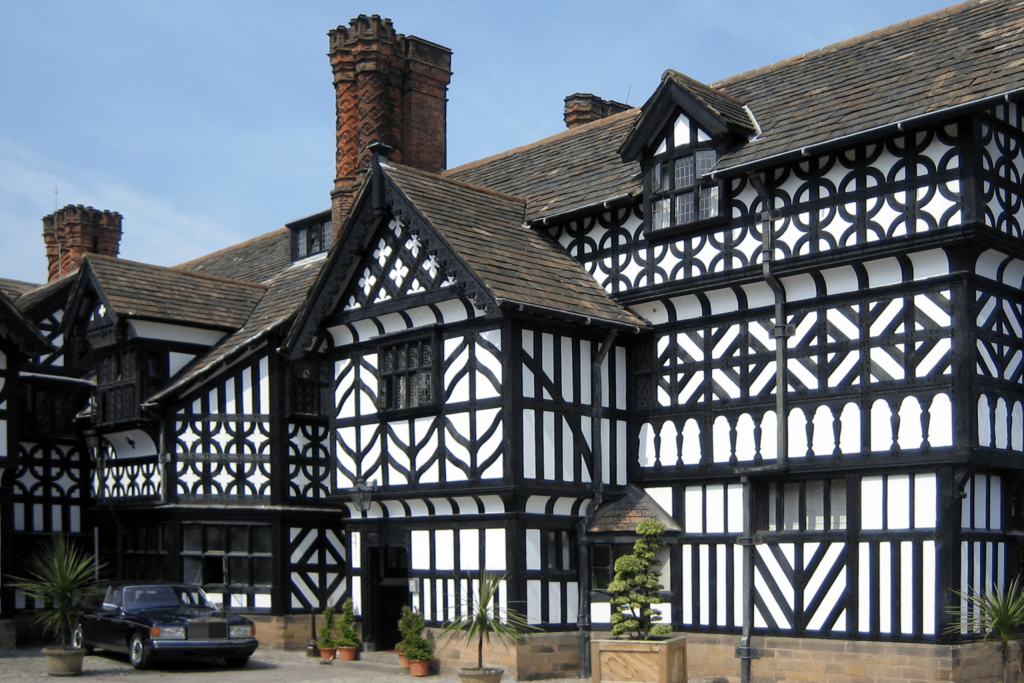
Tudor Style House: The Main Characteristics of Tudor Architecture
When it comes down to the Tudor style house, this type of architecture is much loved by everyone. Particularly popular here in the UK and in Northern America, the characteristics of these builds are truly timeless. What’s more, they’re arguably more distinctive than any other build style.
The History of Tudor Architecture
It should come as no surprise that the Tudor architecture was established during the Tudor period that ran from 1485-1603. This style was the last of all medieval architecture in England and Wales. Some specialists even say that this introduced Renaissance architecture to the United Kingdom, broadening our horizons even further when it comes to building design.
Key Characteristics
The Tudor style house is easily one of the most distinctive architecture styles, with plenty of unique characteristics…
Half-Timber Detailing
Usually styled against a white, textured exterior wall, half-timber detailing is a tell-tale sign of a Tudor style house. These are (typically) strictly decorative and although add no real value in terms of strength, they bring a lot to the table in terms of aesthetics. When paired with red brick, you get a true Tudor feel.
Gables
A Tudor style house typically also features several front-facing gables. These are usually placed in asymmetrical patterns across the front of the house, giving the property aesthetically different elevations.
Windows & Doors
Windows situated within Tudor style homes are typically long, rectangular, and placed in clusters to create large sections of glass. Tudor architecture also features oriel bay windows.
Front doors are made into prominent, stand-out features. Decorative arches and concrete detailing are also common.
The Evolution of Tudor Architecture
There are several different Tudor architecture variances, which are detailed below:
- Tudor Gothic Architecture. From early Tudor history, beginning in 1485.
- Elizabethan Tudor Architecture. Began in 1558 to 1603.
- American Tudor Revival Architecture. Late 1890’s to early 1900’s.
- Mock Tudor Architecture. Modern homes built in today’s age that mimic the Tudor style.
Examples of Tudor Architecture
The Liberty shop based in London is a distinct example of Tudor Revival architecture. Built in the 1920’s, the building was designed and built by Edwin T Hall and his son, Edwin S Hall. The property cost just £198,000 to build, however in the 20’s, this would have been a significant spend.
Another example of Tudor architecture is Hampton Court Palace. Built in the early 16th century, the palace has always been owned by the reigning monarch. Currently King Charles III, Hampton Court was once owned by King Henry VIII who lived here with all six of his wives.
Contact Us
Interested in building a Mock Tudor style house? Beginning a commercial project that requires a hint of creativity? Here at Munday + Cramer, we have a dedicated team of RIBA qualified architects ready to help you bring your visions to life.
For more information about our architecture services or any of our other specialities, get in touch today. You can reach our team by clicking here or by calling us on 01245 326 200.
